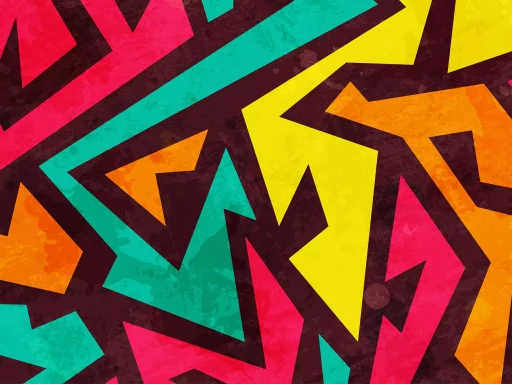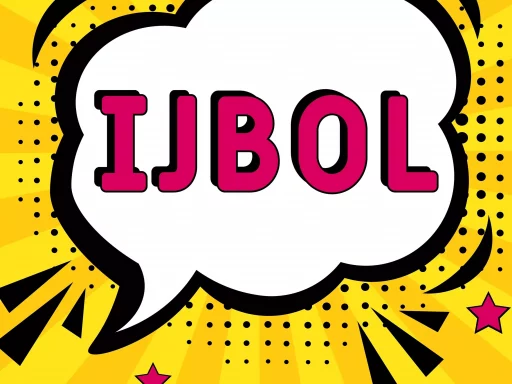Introduction to Texting Abbreviations
In the world of digital communication, texting has transformed the way we convey thoughts and emotions. One such abbreviation that has gained popularity is ‘DYT’. As with many texting acronyms, ‘DYT’ can have different meanings based on context, primarily translating to ‘Do You Think?’. In this article, we’ll explore its usage, examples, and the evolving landscape of texting language.
The Meaning of ‘DYT’
‘DYT’ is a conversational shortcut often used in casual texting among friends and social media interactions. The phrase ‘Do You Think?’ invites the recipient to weigh in on a topic or opinion. This abbreviation is common in discussions surrounding personal opinions, advice-seeking, or when gauging someone’s thoughts on various subjects.
Examples of ‘DYT’ in Texting
- Example 1: “I got accepted into my dream school! DYT?” – Here, the sender is asking for validation about their achievement.
- Example 2: “I can’t decide if I should go to the party or stay home. DYT?” – In this context, the sender seeks advice or a second opinion.
- Example 3: “I think pineapple on pizza is amazing. DYT?” – This sparks a debate on a light-hearted topic among friends.
The Rise of Texting Abbreviations
Texting has become a primary form of communication for many, leading to the rise of abbreviations, acronyms, and slang. According to a survey conducted by the Pew Research Center, 95% of teens have access to a smartphone, and 85% say they regularly communicate with friends via text.
- The use of texting abbreviations increased by over 25% in the last five years.
- 75% of teenagers report that they use abbreviations like ‘lol’, ‘brb’, and ‘DYT’ daily.
Case Studies: The Impact of Texting Language on Communication
One notable case study showcased in the journal Language and Communication explores how teenagers use texting language to express emotions succinctly. Researchers observed that abbreviated communication allows for a faster exchange of ideas and can even enhance social bonding among peers.
In interviews, participants indicated that using shorthand like ‘DYT’ fosters a sense of camaraderie and connects them on shared social experiences. However, this can also lead to misunderstandings when the receiver is unfamiliar with the abbreviation.
Potential Misinterpretations of ‘DYT’
While ‘DYT’ commonly means ‘Do You Think?’, it can also have alternate interpretations depending on the conversation. Here are some examples of potential misinterpretations:
- Dynamic Youth Team: In the context of youth organizations, ‘DYT’ could refer to a specific group or initiative.
- Don’t You Think? Although similar, this version implies a more persuasive tone compared to the neutral ‘Do You Think?’
Understanding the context in which ‘DYT’ is used is pivotal to interpreting its meaning correctly and avoiding confusion.
Conclusion: The Future of Texting Language
As texting continues to evolve, so too will the abbreviations that define our digital dialogue. ‘DYT’ is just one example of how language adapts to the needs of communication in the modern age. Whether it fosters deeper connections or introduces ambiguity, embracing these changes is key to navigating contemporary interactions.
Next time you text someone and type ‘DYT’, remember that you are part of a larger movement in language evolution—one that shapes not only how we communicate but how connections are formed in our increasingly digital world.






